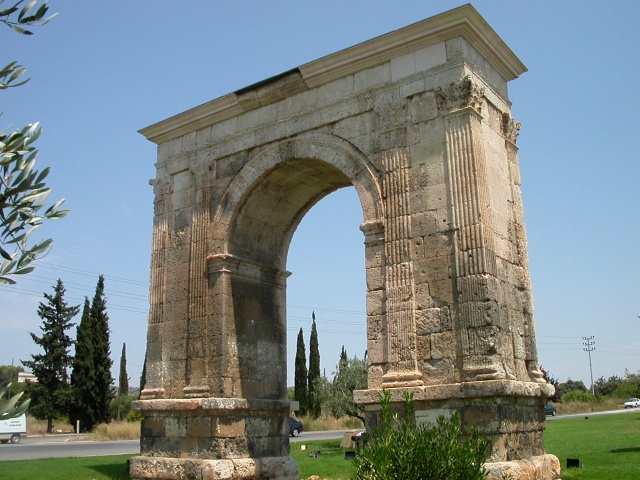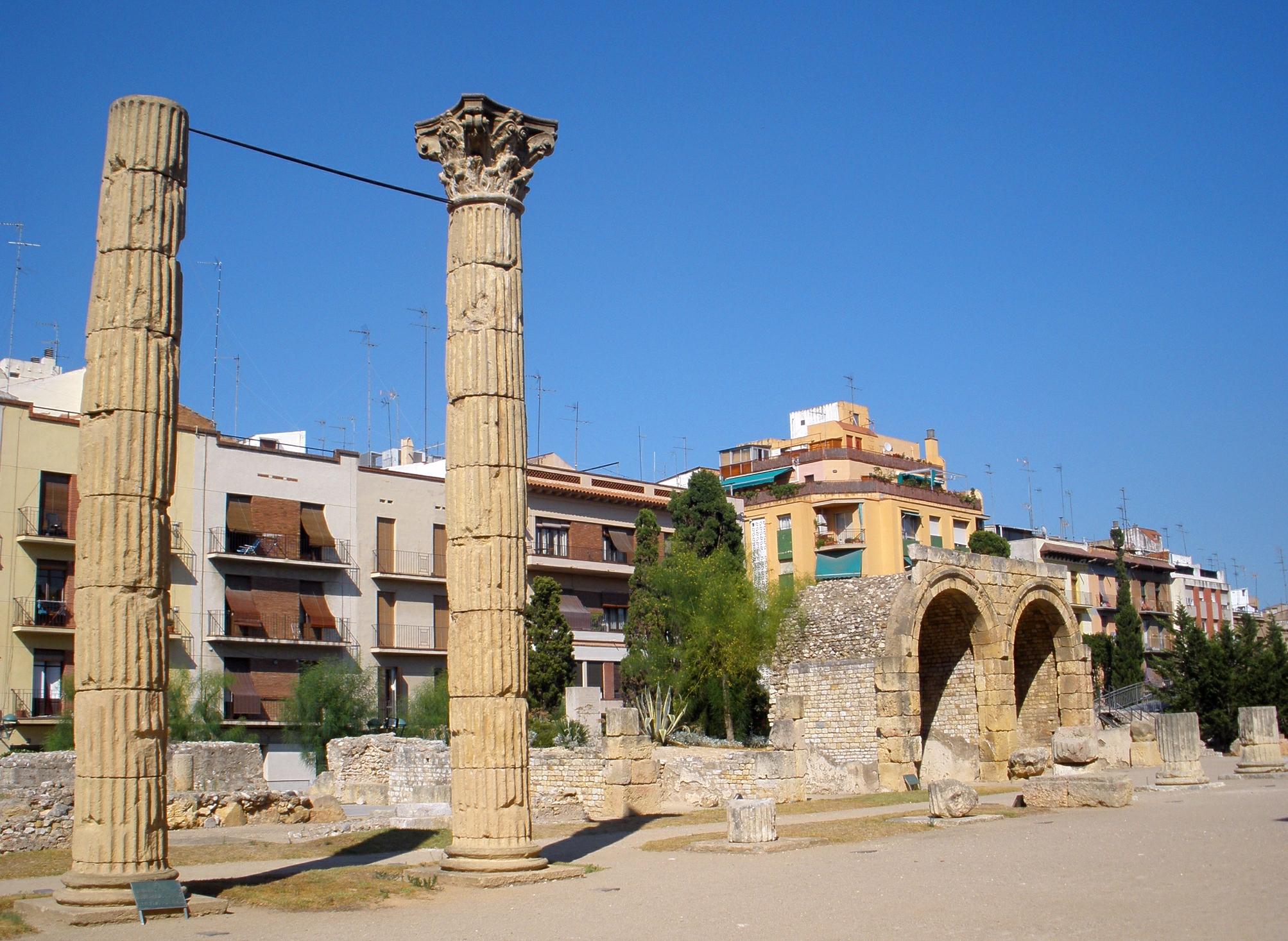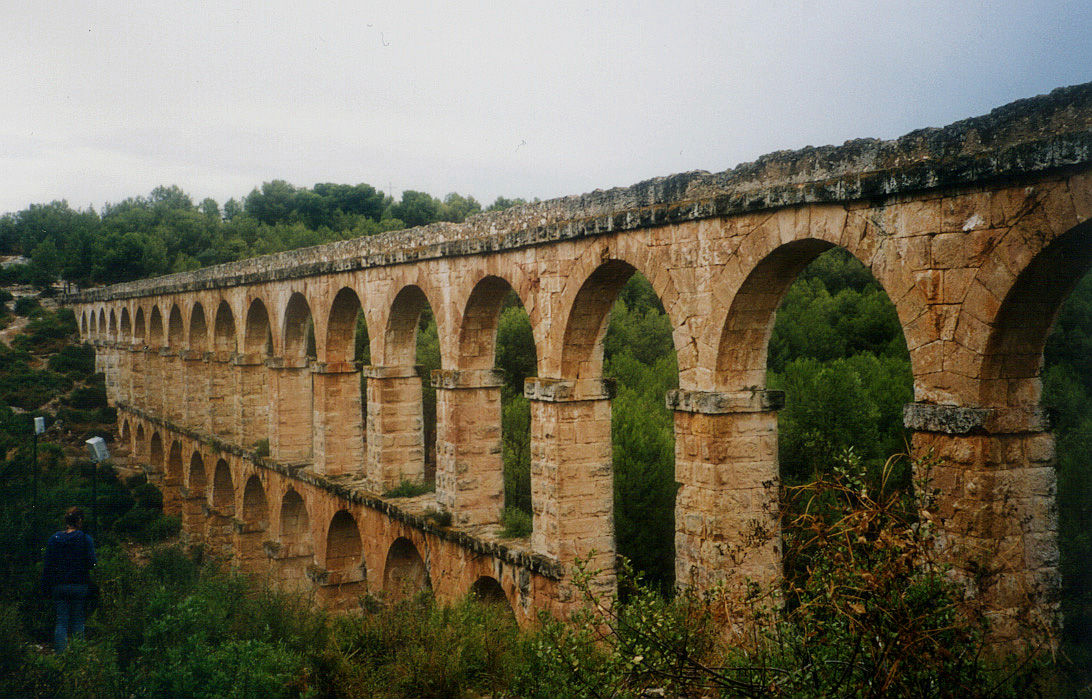The Romans arrived at what is now Tarragona at the beginning of the Second Punic war (218 BC), when Gneu Corneli Escipio, to strengthen the new Roman domination from Empúries to the Ebro River, attacked a Carthaginian camp located at the edge of an Iberian town called Kese, in the lower part of the current Tarragona, near the sea. Tarraco became the main wintering base of the Roman armies of Hispania, commanded by the Scipio brothers, and, died by Publi Cornelius Scipio the young man. The military camp was located on top of the hill that would dominate the future area of the city and would surround itself with a solid wall.

After the Second Punic war, Tarraco continued beeing a fundamental military base in the consolidation and extension of Roman power over the Iberian Peninsula, thanks to its strategic position. The military presence and the communications also turned Tarraco into an attractive place for the italic merchants.
During the first two centuries of existence the city had to have federated status, and it was not until the 1st century BC. which acquired the colony category with the official name of Colonia Iulia Vrbs Triumphalis Tarraco. It also became the capital of the extensive province of Hispania Citerior Tarraconense.
The recognition of its capitality implied the interest of Rome to monumentalize Tarraco in order to increase its prestige. The first project, included the reform of the city forum and the theater. The second program was much more ambitious: the construction of an immense complex in the upper part of Tarraco formed by the circus and a new forum for the needs of the province. Afterwards, the process culminated with the construction of the amphitheater in the 19th century. II d.C.

The difficult relief of its location and, perhaps, its gradual growth prevented the city from following the typical structure of the Roman foundations. Tarraco, built on the slope of a hill that descended to the sea, staggered in a series of large terraces. The circus occupied half city: in the two superiors the provincial forum was built with the forum of the colony. The streets made a strong slope, were paved and had clutches, the buildings that are observed are modest: a house with a small peristyle and some taverns (commercial establishments), one of them with sheltered housing. The port, the theater and the amphitheater remained outside the wall. Three aqueducts provided water to the city.

With the administrative reform of Diocletian, the Tarraconense province was very diminished and, under the Visigoth kings, in the 5th century, it lost the capital in favor of Bàrcino (Barcelona).